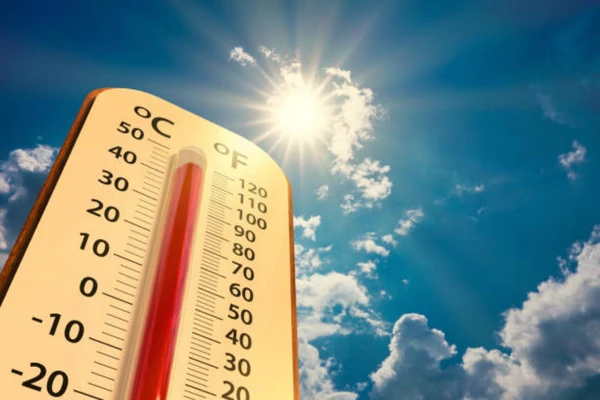Extreme Heat Warning has been issued by the IMD, highlighting the potential for severe heatwave conditions across various regions in India.
- This advisory comes amidst growing concerns over climate change and its impact on extreme weather events.
Climate Change and Heatwaves:
- The warning from IMD aligns with the findings of the Intergovernmental Panel on Climate Change (IPCC) report in 2023.
- The IPCC’s 2023 report highlights the urgent need for action against climate change.
- Current carbon emission rates indicate a limited time frame of 10 years to offset emissions equivalent to a decade’s worth.
- Scientists warn that without immediate and strong measures, the world could face dire consequences, including heatwaves, droughts, food insecurity, and the spread of infectious diseases.
- The damage caused by global warming, even at just one degree above pre-industrial temperatures, has been more severe than anticipated, leading to disruptions in ecosystems and communities.
IMD’s Criteria for Heatwaves:
- IMD declares a heatwave when temperatures exceed 40°C in plains, 37°C in coastal areas, and 30°C in hills.
- Heatwaves are categorized based on departures from normal temperatures and actual maximum temperatures, with severe heatwaves occurring at higher thresholds.
- Heat Wave: 4.5°C to 6.4°C above normal temperature.
- Severe Heat Wave: Above 6.4°C above normal temperature.
- Heat Wave (Plains): Temperature ≥ 40°C.
- Severe Heat Wave (Plains): Temperature ≥ 45°C.
- If these conditions persist for two consecutive days, a heat wave is declared.
Favorable conditions include:
- Transportation of hot, dry air across the region.
- Lack of moisture in the upper atmosphere.
- Clear skies, allowing maximum insulation.
- Presence of large amplitude anti-cyclonic flow over the area.
Impact and Mitigation:
- Heatwaves pose significant health hazards, including heat strokes, and strain water and energy resources.
- Agriculture also suffers, with potential effects on crop yield and food security due to wilting and early ripening.
Ref:Source
| UPSC IAS Preparation Resources | |
| Current Affairs Analysis | Topperspedia |
| GS Shots | Simply Explained |
| Daily Flash Cards | Daily Quiz |



